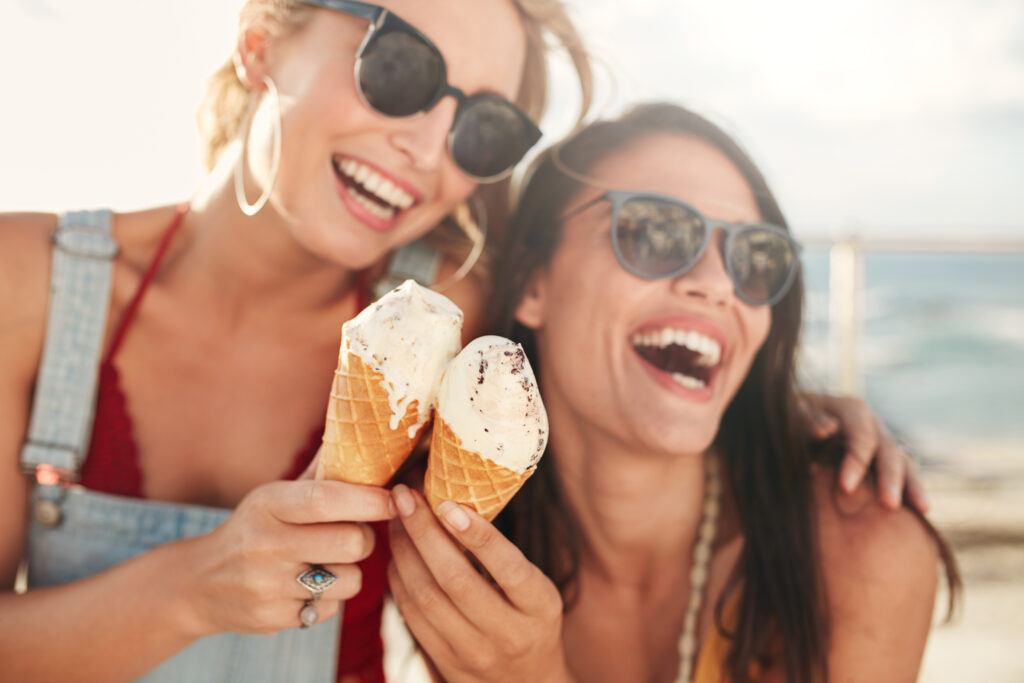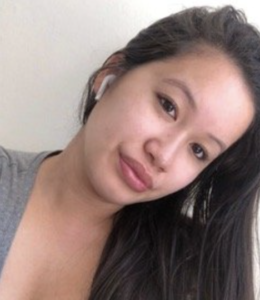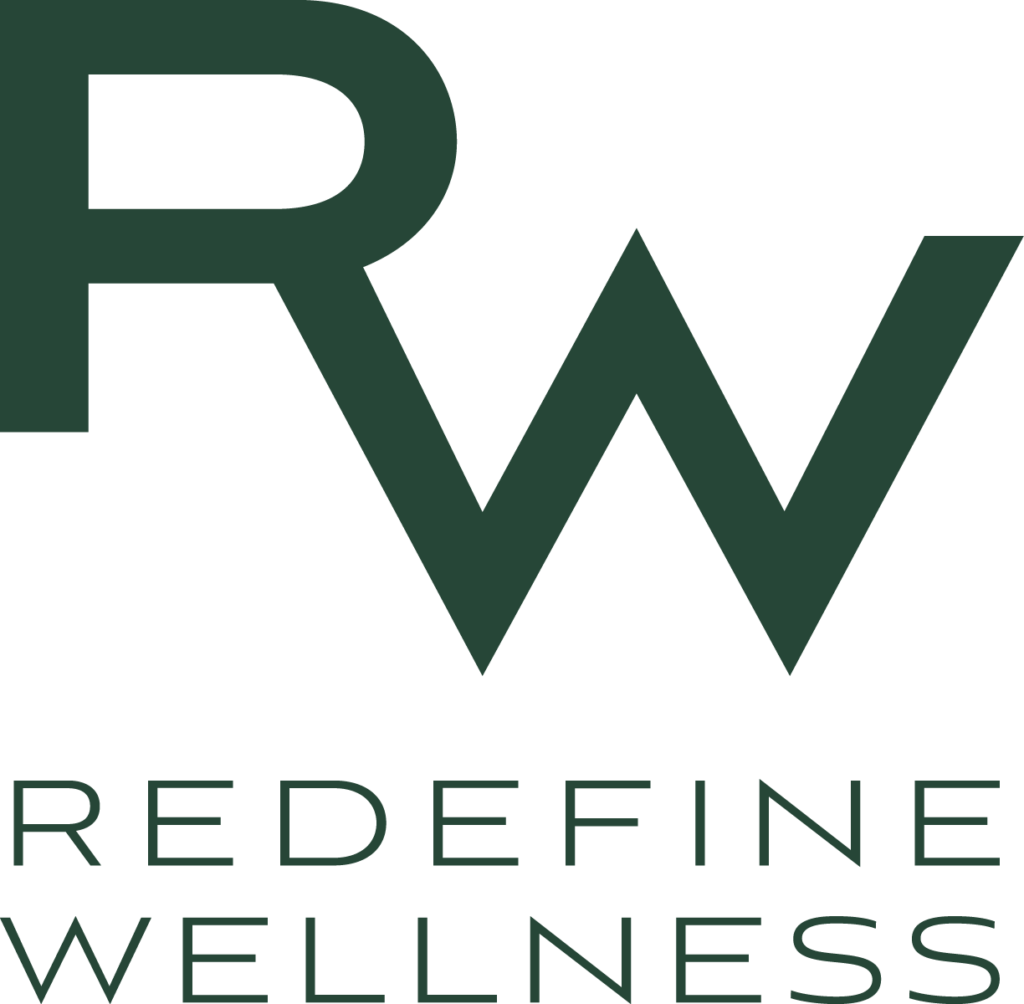How To Challenge Society’s Beauty Ideals

Beauty ideals or standards indicate what is considered attractive in society. We get a sense of these standards through the media, our peers, family, co-workers, school, and so on. Why do these ideals exist? We live in an appearance-oriented society. Unfortunately, these ideals often make us feel inadequate.
By Elizabeth Low
Companies that reinforce these societal beauty standards want us to buy products and services to make us look different. However, we do not have to accept what society tells us about how we should look. Here are some ways we can challenge society’s beauty ideals.
1. Realize that What Society Views As Beautiful Changes And Depends on Where You Live
At its core, beauty is a social construct. The ideal body type was different in 2000, 2010, 2015, and is different today in 2021. What is beautiful in the United States is not considered beautiful in every other country. Beauty standards differ from place to place, reminding us that they are subjective and made up.
2. Use Social Media Mindfully
We should be mindful of how much we use social media and who we follow. Generally, the more we use social media, the worse we feel about ourselves. Also, if you are constantly comparing yourself to others, this can put you into a very negative headspace. Instead, focus on following people who genuinely interest you, who you find entertaining, and people who do not make you feel bad about yourself. This goes for your social circle, too; you should surround yourself with people who help you accept yourself.
3. Don’t Place Overly High Expectations On Yourself
You should stop placing unreasonable expectations on yourself. You do not need to do a crash diet, lose x amount of weight in time for an event, or have the same body type as a celebrity. A good rule is, would you expect this of someone else? If not, be just as compassionate with yourself as you would them.
4. Notice The Beauty In Diversity
Can you imagine if everyone looked the same? What would the joy in that be? Beauty presents itself in so many different ways. Body diversity is normal, natural, and beautiful. Like nature, no two flowers look exactly the same, but that doesn’t make one any less spectacular. Also, know that you do not exist to look attractive to other people.
Accepting ourselves is one of the bravest things we can do. We can start our road to self-acceptance by incorporating some of the points above. Accepting ourselves is a lifelong journey, and we might have good and bad days. However, our lives will become more prosperous and fulfilling as we try to accept ourselves.
Embracing food freedom and developing a positive relationship with your body is possible. Our comprehensive anti-diet ebook will help you understand the science behind why diets do not work and give you the tools to break free the diet industry’s harmful cycle. In this ebook, you will also learn reasons why cultivating body acceptance is the way to a better body image. Click here to download our FREE anti-diet ebook!
Ready to challenge society's beauty ideals?
Reach out to us today!

Meet Elizabeth
This post was written by Redefine Wellness Blog Contributor, Elizabeth Low (she/her).
Elizabeth is currently finishing her sociology degree with a concentration in social interaction and a minor in psychology at San Jose State University. During her undergraduate studies she has volunteered and worked in childcare, and in the food industry. She plans to pursue a graduate degree in Clinical Nutrition or Counseling. She hopes to actively counteract social messaging that is linked to disordered eating, overexercise, and body dissatisfaction. Her interests include cooking, childcare, education, research, and writing. She plans to help individuals have a healthy relationship with food and their body image through counseling in the future.

Reference
Turner, Pixie G., and Carmen E. Lefevre. “Instagram Use Is Linked to Increased Symptoms of Orthorexia Nervosa.” Eating and Weight Disorders-Studies on Anorexia, Bulimia and Obesity, vol. 22, 2017, pp. 277-284. Accessed 17 October 2021.

